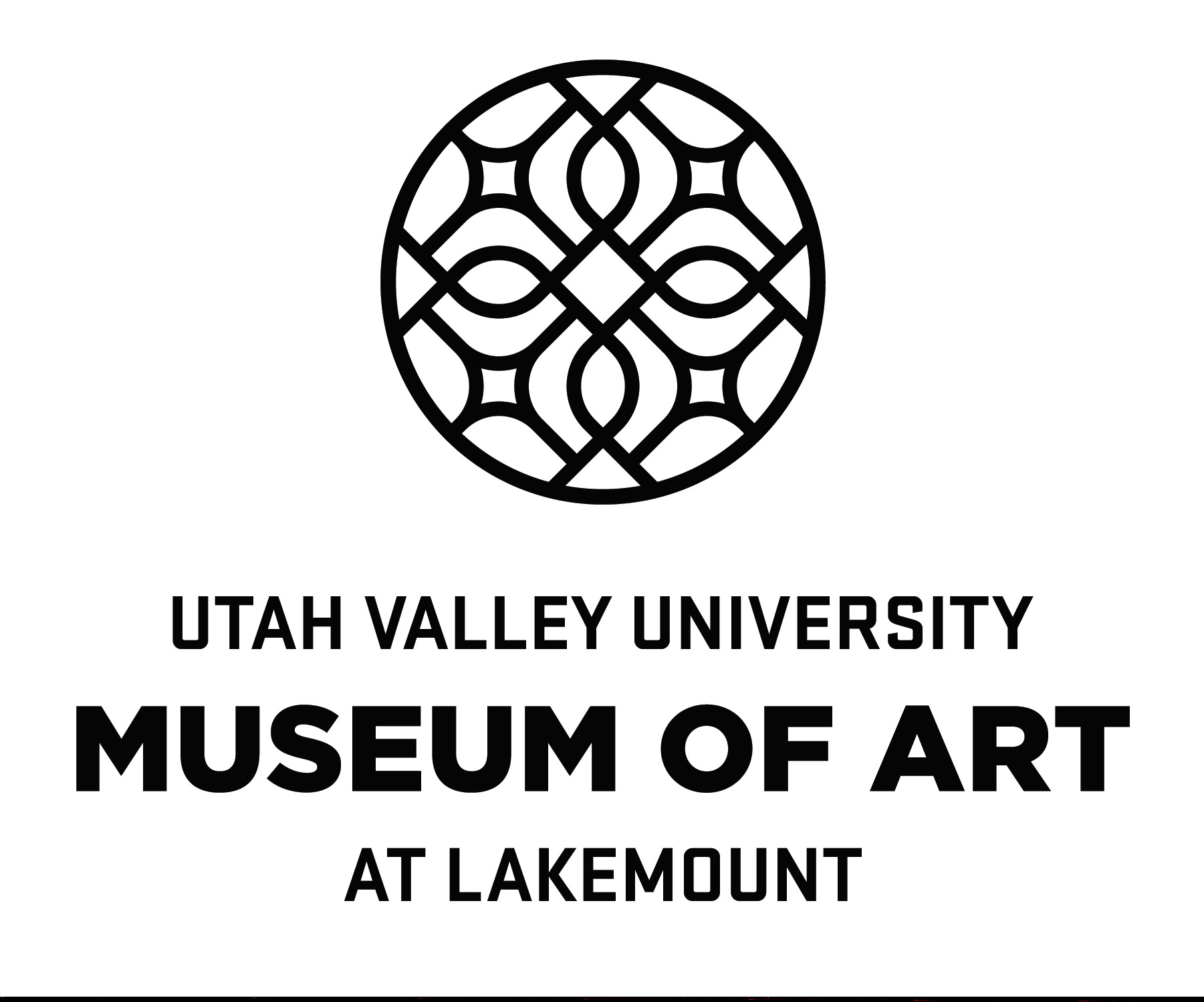Our puzzle project is inspired by UVU art student, Kylie Gardner and her work titled Anxiety. This art project is designed see art from a different perspective. There is no right or wrong way to view art! As you learn to observe and think about art, examine the ways that it ignites your imagination or invokes feelings. Think about the ways others might interpret the work of an artist. How might their thoughts and feelings differ from yours?
Anxiety by Kylie Gardner
Directions:
1 - Click here to open the puzzle.
2 - Take a look at the scrambled pieces. Notice the colors and shapes, and think about how the puzzle will look like when it’s put together.
3 - Draw what you think the finished puzzle will look like on the sketch paper.
4 - Follow the link to put the puzzle together.
5 - Look at the sketch you made and compare it with the finished puzzle.
You don’t need a background as an artist to love and appreciate it, but there are some ways you can learn to deepen your love of art. By thinking about the suggestions below, you can broaden your perspectives and find new ways to connect to art.
1 - Click here to open the puzzle.
2 - Take a look at the scrambled pieces. Notice the colors and shapes, and think about how the puzzle will look like when it’s put together.
3 - Draw what you think the finished puzzle will look like on the sketch paper.
4 - Follow the link to put the puzzle together.
5 - Look at the sketch you made and compare it with the finished puzzle.
You don’t need a background as an artist to love and appreciate it, but there are some ways you can learn to deepen your love of art. By thinking about the suggestions below, you can broaden your perspectives and find new ways to connect to art.
● Contemplate
Take time to study an artwork. Where do your eyes focus when you look at artwork? What draws your attention as you look? Do you notice different things about the artwork the longer you look? Some artists purposely draw your attention to a specific area to help communicate their perspective. Can you detect the artist’s vision?
Take time to study an artwork. Where do your eyes focus when you look at artwork? What draws your attention as you look? Do you notice different things about the artwork the longer you look? Some artists purposely draw your attention to a specific area to help communicate their perspective. Can you detect the artist’s vision?
●Building Blocks
Identify the basic characteristics of the artwork. What is the medium? If it’s paint, what kind (acrylic, oil, etc)? Who is the artist? When did they live? Does their culture and time in history influence their work? What is the genre (portrait, landscape, still life etc.)? What is the scale of the work? Is it large or small? How is the artwork presented? Is it framed or unframed? How is color, shape, and texture used by the artist? Observing this basic information will help to build a stronger foundation of understanding.
● Research
Read about artists and their work online. By reading about an Artis’s history and their work, you can build deeper knowledge of a particular artist, era, or style. How does your research influence how you think about the art you experience?
Read about artists and their work online. By reading about an Artis’s history and their work, you can build deeper knowledge of a particular artist, era, or style. How does your research influence how you think about the art you experience?
● Feel
Learn to expand your art interactions beyond seeing and knowing. Ask yourself how an artist and their work makes you feel? Do you feel happy, sad, fearful, anxious or curious? Connect your feelings to the elements you have identified in the artwork. What do you like and dislike about an artwork?
Learn to expand your art interactions beyond seeing and knowing. Ask yourself how an artist and their work makes you feel? Do you feel happy, sad, fearful, anxious or curious? Connect your feelings to the elements you have identified in the artwork. What do you like and dislike about an artwork?
● Personalize
As you experience and learn about an artwork, what personal experiences come to mind? Do your observations and feelings take you back to childhood? Do your observations remind you of a person or event in your life? What are the specific things about the artwork that trigger your memory? Connecting memories to the things we experience in present-day moments can help enrich our learning and understanding of an artist and their work.
As you experience and learn about an artwork, what personal experiences come to mind? Do your observations and feelings take you back to childhood? Do your observations remind you of a person or event in your life? What are the specific things about the artwork that trigger your memory? Connecting memories to the things we experience in present-day moments can help enrich our learning and understanding of an artist and their work.
Use these examples the next time you visit our museum!
